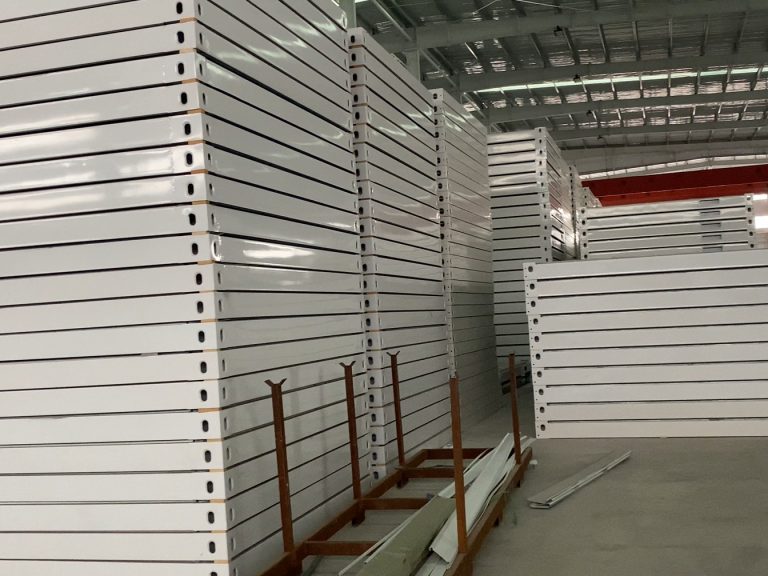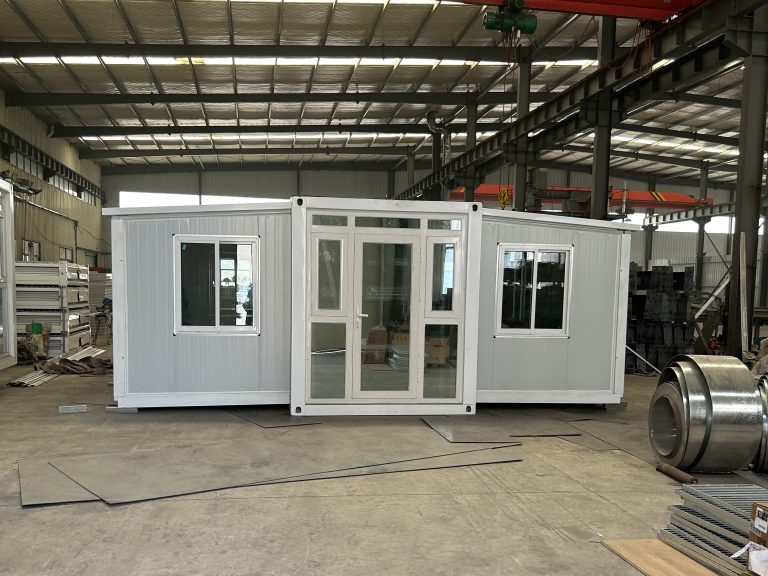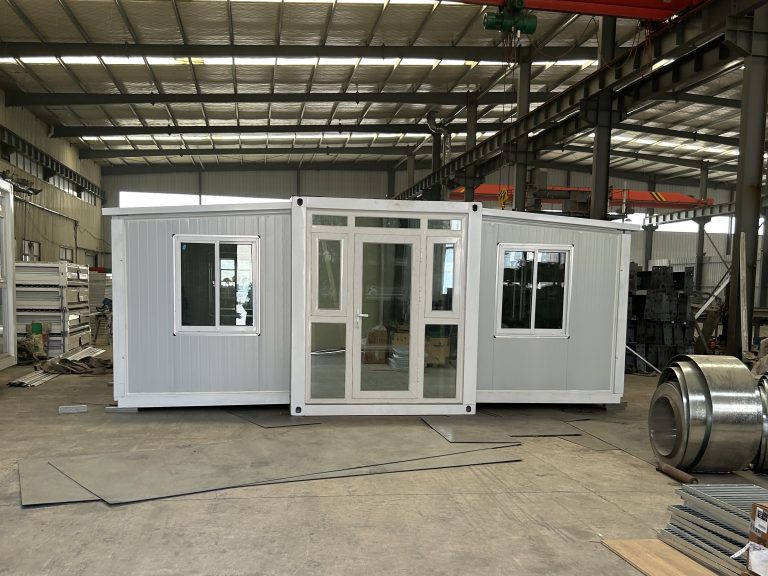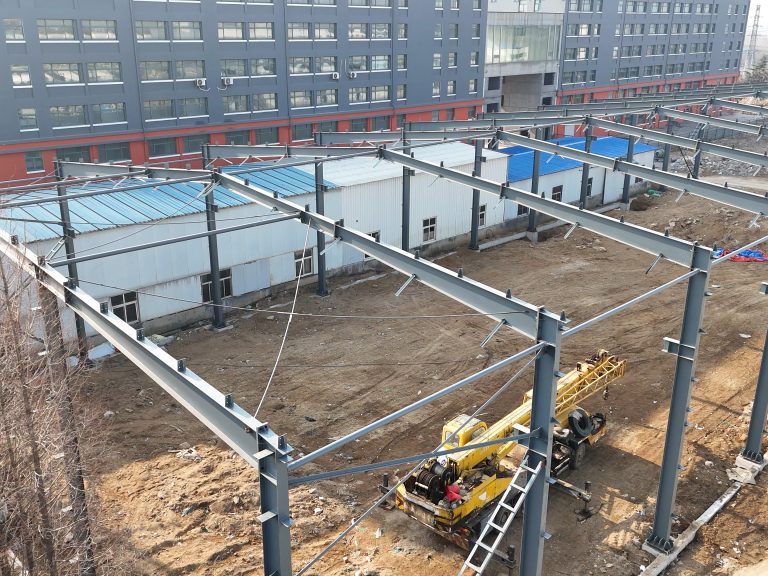Table of Contents
Wind Resistance Analysis of Light Mining Panels on Building Roofs
Light mining panels are a popular choice for building roofs and facades due to their durability and versatility. However, when it comes to emergency stress performance, such as wind resistance, it is important to analyze how these panels hold up in extreme weather conditions.
One of the key factors to consider when evaluating the wind resistance of light mining panels is the material they are made of. Panels made from high-quality materials, such as aluminum or steel, are more likely to withstand strong winds compared to panels made from lower-quality materials. Additionally, the thickness of the panels can also impact their wind resistance capabilities. Thicker panels are generally more resistant to bending and warping under high wind loads.
In addition to the material and thickness of the panels, the installation method also plays a crucial role in determining their wind resistance. Panels that are securely fastened to the building structure are less likely to be dislodged during a storm compared to panels that are loosely attached. Proper installation techniques, such as using appropriate fasteners and ensuring a tight seal around the edges of the panels, can help improve the overall wind resistance of light mining panels.
It is also important to consider the design of the building when evaluating the wind resistance of light mining panels. Buildings with complex shapes or irregular surfaces may experience higher wind loads, which can put additional stress on the panels. In such cases, it may be necessary to reinforce the panels or use additional support structures to ensure their stability during extreme weather events.
In order to accurately assess the wind resistance of light mining panels, engineers often use computer simulations and wind tunnel testing. These methods allow them to analyze how the panels will perform under different wind conditions and identify any potential weaknesses in their design. By conducting thorough testing and analysis, engineers can make informed decisions about the suitability of light mining panels for a particular building project.

Another important aspect to consider when evaluating the emergency stress performance of light mining panels is their ability to provide sun protection. Panels that are designed to block out harmful UV rays can help reduce heat gain in the building and improve overall energy efficiency. This can be particularly beneficial in hot climates where excessive sun exposure can lead to increased cooling costs.
In conclusion, the wind resistance and sun protection capabilities of light mining panels are important factors to consider when using them on building roofs and facades. By carefully analyzing the material, thickness, installation method, and design of the panels, engineers can ensure that they will perform well under extreme weather conditions. Additionally, incorporating sun protection features into the panels can help improve energy efficiency and create a more comfortable indoor environment. Overall, light mining panels offer a durable and versatile solution for building exteriors, but it is essential to thoroughly evaluate their emergency stress performance to ensure their long-term effectiveness.
Sun Protection Performance of Light Mining Panels on Building Facades
Light mining panels are a popular choice for building roofs and facades due to their durability, lightweight nature, and ease of installation. However, when it comes to emergency stress performance, such as wind resistance and sun protection, it is important to analyze how these panels hold up under extreme conditions.
One of the key factors to consider when evaluating the sun protection performance of light mining panels is their ability to block harmful UV rays. Exposure to UV radiation can cause damage to the skin and eyes, as well as accelerate the deterioration of building materials. Therefore, it is crucial that these panels have a high level of UV resistance to ensure the longevity of the structure.
In addition to UV resistance, the ability of light mining panels to provide shade and reduce heat absorption is also important for sun protection performance. Buildings with inadequate sun protection can become uncomfortably hot, leading to increased energy costs for cooling and potential health risks for occupants. By choosing light mining panels with a high solar reflectance and thermal emittance, building owners can effectively reduce heat gain and create a more comfortable indoor environment.
When it comes to wind resistance, light mining panels must be able to withstand strong gusts and turbulent weather conditions. The design and installation of these panels play a crucial role in their ability to resist wind loads and prevent damage to the building envelope. Proper fastening and anchoring techniques are essential to ensure that the panels remain securely in place during high winds.
Furthermore, the material composition of light mining panels can also impact their wind resistance performance. Panels made from high-strength materials, such as aluminum or steel, are more likely to withstand wind loads compared to panels made from weaker materials. It is important to consider the local climate and wind conditions when selecting light mining panels to ensure that they meet the necessary wind resistance requirements.
In conclusion, the sun protection and wind resistance performance of light mining panels are critical factors to consider when choosing building materials for roofs and facades. By selecting panels with high UV resistance, solar reflectance, and thermal emittance, building owners can create a more sustainable and energy-efficient building envelope. Additionally, ensuring that the panels are properly installed and anchored will help to enhance their wind resistance capabilities and protect the structure from damage during extreme weather events. Overall, a thorough analysis of the emergency stress performance of light mining panels is essential to ensure the long-term durability and functionality of the building.






